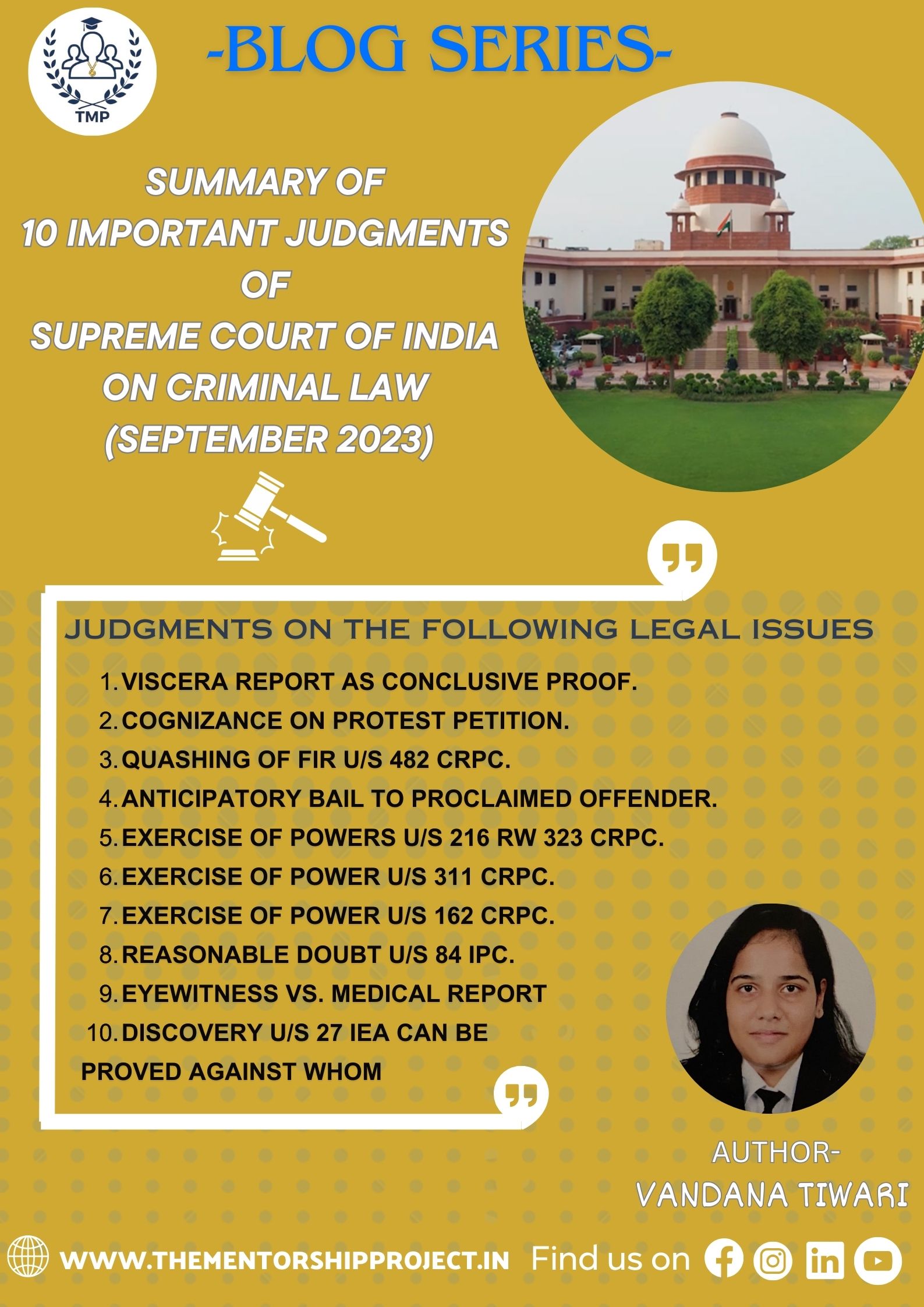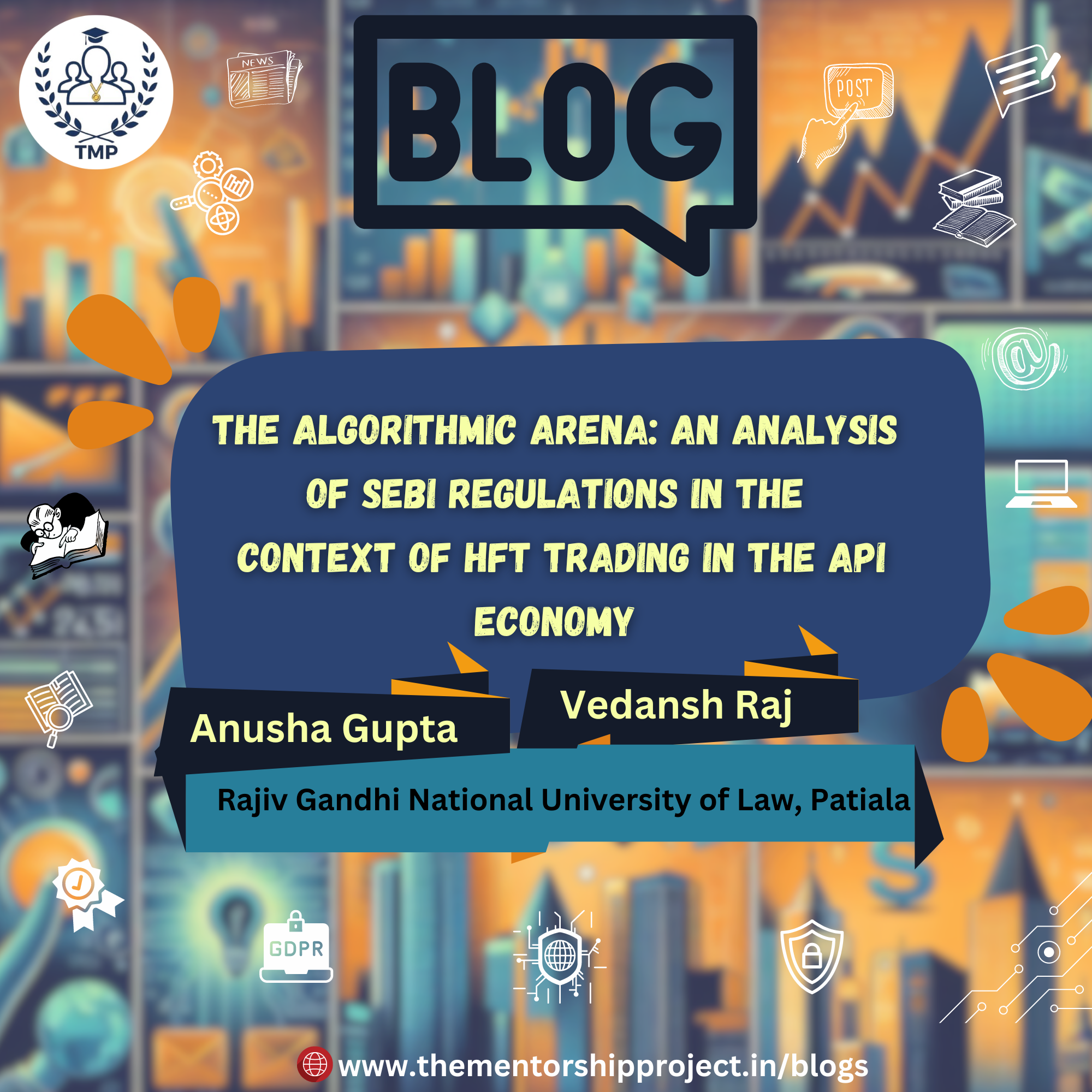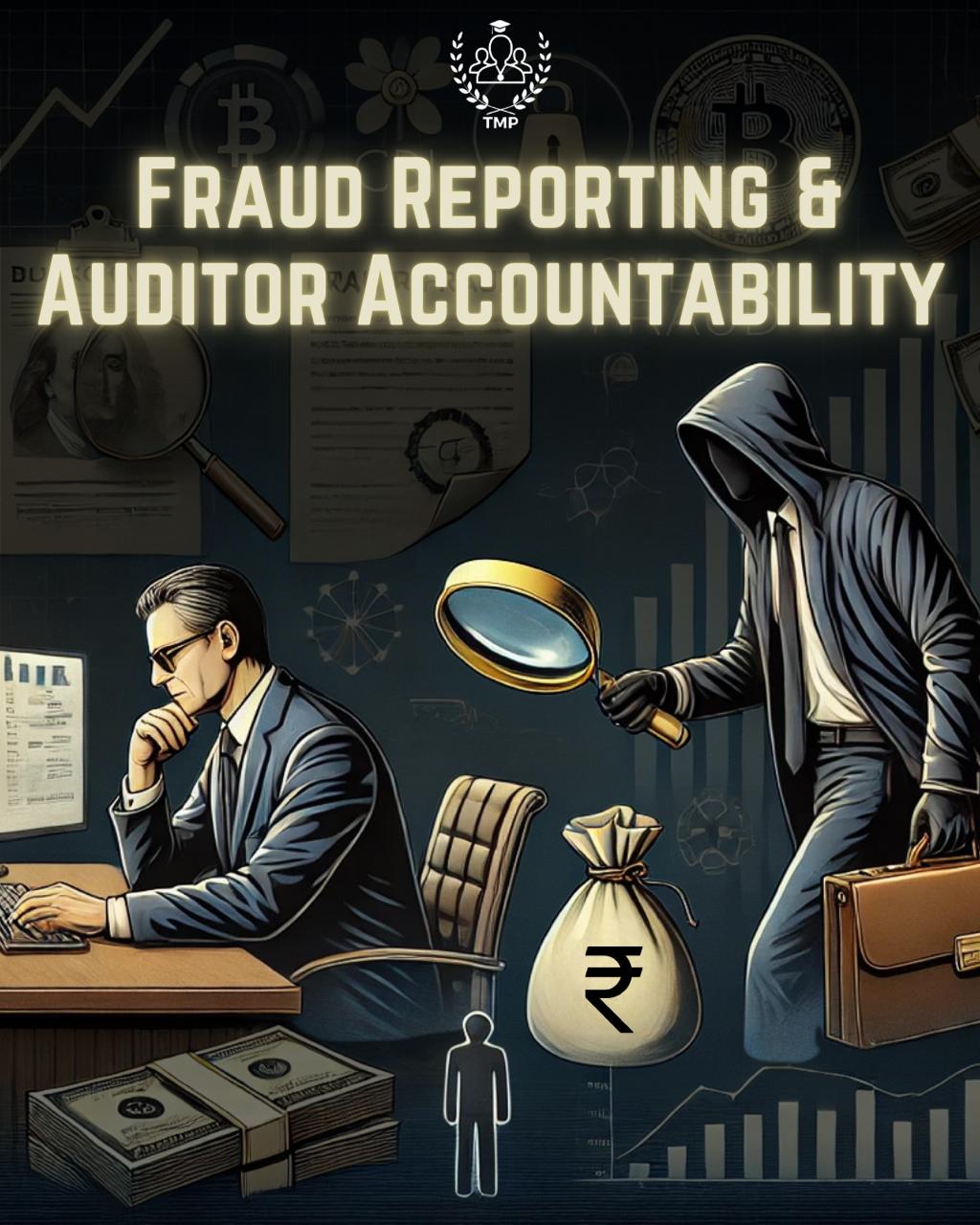August 14 , 2025
DECENTRALISED FINANCE (DEFI) AND REGULATORY GAPS: ADDRESSING THE LEGAL CHALLENGES OF UNREGULATED FINANCIAL ECOSYSTEMS
Introduction
Decentralised finance (DeFi) is a disruptive trend with rapidly growing adoption in the overall finance. DeFi employs smart contracts and cryptocurrency to disintermediate large-scale financial services (banking and traditional finance). It creates an open, transparent, and permissionless financial system that anyone can access with an internet connection1. As stated by Cambridge University Press, “DeFi is a type of blockchain-based finance that does not rely on central financial intermediaries but instead utilizes smart contracts on blockchains.” DeFi was established with the launch of Ethereum, which introduced programmable contracts on blockchains. DeFi has significantly expanded since then, reaching a total value locked in DeFi protocols (TVL) of over $200 billion at its peak in 20212. Decentralised exchanges, lending protocols, and yield farming have been a few innovations making this rapid adoption possible.
DeFi is having a clear impact on the traditional finance system (TradFi). DeFi removes many of the geographic barriers, high transaction costs, and intermediaries you find in traditional finance. DeFi allows a peer-to-peer financial system that is dictated by code in real time, as opposed to being constrained by a regulatory scheme or an institution. The Office of Financial Research notes that DeFi can “disintermediate traditional financial markets, improve efficiency, and expand access.”3 DeFi also presents many opportunities through access to capital, immediate settlement, and transparency. However, the rapid growth also creates systemic and legal challenges that need to be addressed. This article identifies the regulatory gaps related to DeFi, identifies the legal challenges posed by the lack of regulation, and presents practical solutions. The article’s aim is to balance the support of innovation and the safety and protection of financial consumers.
Understanding Decentralised Finance
DeFi depends on blockchain technology for its base structure since it delivers an immutable distributed ledger system for transacting without modifications. Smart contracts use automated self-enacting computer instructions that operate according to set rules, therefore eliminating the requirement for middlemen4. The Ethereum platform offers developers the capability to create decentralised applications through which they can establish various financial services.
Blockchains enable software applications known as dApps to execute operations through their smart contract interfaces. The digital financial services accessible through such applications replicate traditional finance operations by enabling trading and borrowing along with lending and investing, but with higher security standards and full control to the user. The financial sector gets modernised through protocols which include Uniswap (DEX), Compound (lending) and MakerDAO (stablecoins)5.
Underbanked and unbanked people from around the world gain access to financial services through DeFi while transcending basic banking needs because of geographical and infrastructure limitations. Every DeFi operation that runs on the blockchain generates public records that enable auditability of transactions and platform activity. The cryptographic methods used for security protection face ongoing system vulnerabilities. Smart contracts enabled peer-to-peer networks play a role in reducing bank and broker as well as other intermediary dependencies, which subsequently reduces transaction costs and enhances operational efficiency.
Regulatory Landscape of DeFi
The regulatory structure of decentralised finance (DeFi) makes it difficult for central authorities that rely on traditional financial institutions as their foundation. The current money laundering and Bank Secrecy Act rules throughout the world target financial entities such as payment service providers, brokers and banks. These intermediaries have to execute Know Your Customer procedures, while they must report suspicious transactions in addition to maintaining specific capital requirements.6
Multiple DeFi protocols operate autonomously through the execution of smart contracts for automatic transaction processing since they lack intermediary involvement. The transformation abolishes the established regulatory structure. Using conventional regulatory frameworks proves to be extremely challenging because of this situation. The worldwide aspect of blockchain technology adds extra complexity to the current situation7. Users throughout the world can access DeFi protocols running on the Ethereum blockchain because location constraints do not affect their usage. The cross-border usage of blockchain makes enforcement challenges impossible for one government authority to successfully resolve. When protocols operate without a central authority regulators must determine which party they should hold responsible: developers, users or token holders during accountability procedures.
Identified Regulatory Gaps
The leading regulatory shortcoming exists is the lack of a single governing organisation within DeFi systems. Existing financial regulation gives authorities the power to penalise or order punishment for well-defined institutions. Blockchains provide autonomy to smart contracts, which reduces the possibility of modification or shutdown even though they operate independently. The platforms used by DeFi participants operate using false names, which makes it difficult to establish who is accountable. Due to a lack of oversight, the vacuum allows illicit activities to take advantage of the situation.
Weak or non-existent compliance and enforcement elements run throughout most DeFi platforms. The decentralised character of DeFi platforms requires most platforms to reject KYC and AML procedures despite centralised crypto exchanges working to establish these requirements. Such a design hampers any attempt to enforce investor protections and follow AML/CTF regulations and tax obligations.8 Regulators also face technological limitations. Smart contracts continue to remain indestructible once the developers have deployed them. Users must deal with irreversible damages from DeFi hacks since these platforms lack any established legal framework for intervention.
Case Studies Highlighting Regulatory Challenges
The 2020 bZx Protocol attack served as a notable incident because a logic flaw enabled an attacker to use flash loans and steal hundreds of thousands of dollars. The incident showed both the regulatory system’s inability to help users and the future vulnerability of DeFi platforms, even though bZx repaired user losses and enhanced its protocol. The 2022 collapse of the Terra-LUNA ecosystem 2022 resulted in a massive loss of billions in investor capital9. Terra's stablecoin protocol did contain elements of DeFi architecture, regardless of its non-exclusive identity as a DeFi platform. The crisis exposed the risks that stem from unrestrained financial instrument development while prompting worldwide examination about producing stablecoins in a safe manner and managing DeFi risks.10
The regulatory responses to these events happened after the fact as fragmented measures. Some DeFi developers faced SEC enforcement actions because the agency asserted that specific DeFi tokens meet the criteria for securities classification. Various authorities have criticised as unorganised and ambiguous the steps taken to address these situations. The European Union works on developing the Markets in Crypto-Assets (MiCA) regulation to establish a unified framework for crypto asset regulations. MiCA represents an improvement but fails to provide clarity regarding decentralised protocols, which lack legal form because such protocols remain without explicit recognition under its regulatory framework.11
The current regulatory framework demonstrates clear weaknesses in addressing DeFi since the current framework insufficiently handles these situations. The present situation demands well- organised worldwide interventions, which respect decentralised systems and ensure financial market integrity with consumer protection12.
Legal Challenges in Unregulated DeFi Ecosystems
The financial sector underwent transformation with the emergence of Decentralised Finance because it delivered blockchain-based open financial services without requiring permission. Unregulated decentralised finance systems face multiple legal issues because they exist without oversight from a central authority, which produces concerns across governments and regulators together with their users. The unregulated DeFi ecosystem demonstrates significant problems linked to consumer protection, anti-money laundering matters, financial stability elements and taxation requirements.
Consumer protection remains the primary legal obstacle in the decentralised finance sector because suitable safety measures are currently lacking. Financial systems in place today work with specific regulatory frameworks that guard users from financial misconduct as well as management errors and system operational problems. Smart contracts in DeFi operate from untested program code that includes security risks because many smart contracts lack audits. Many users have suffered huge financial losses because of the frequent cases of rug pulls, flash loan attacks, and smart contract exploits within DeFi systems.
Victims have no way to seek compensation because the current problem remains unresolved. The problem is aggravated by users who lack any contact support for resolving disputes, errors or loss incidents. Customers remain unprotected by most national courts because these platforms operate in a decentralised manner, which makes redress impossible. A lack of legal oversight acts as a main obstacle for wide-scale adoption and general public trust. The fundamental features of DeFi that ensure authorisation-free entry as well as anonymous operations have created an ideal setting for unlawful financial manoeuvres. People who carry out criminal activities use decentralised exchanges (DEXs) together with lending protocols to conceal their funds from detection while funding illegal deals. As financial institutions deal with KYC and AML standards under regulation, traditional financial institutions follow none of these requirements, so do most DeFi platforms13.
Creative criminals can safely hide their identities through anonymous transactions, which confer an immense obstacle for worldwide money laundering and terrorist financing operations. Lawmakers find it challenging to implement AML/CTF regulations because blockchain operations use anonymous addresses, while transactions lack the ability to identify individual parties14. International regulatory bodies, including the Financial Action Task Force (FATF), have increased their scrutiny of DeFi ecosystems since they need to adopt AML/CTF standards according to FATF.
The hasty, unregulated advancement of DeFi creates dangers for the entire financial system. Crypto asset volatility and substantial use of leverage between DeFi protocols creates the possibility of failures that spread throughout linked platforms15. Smart contracts that fail along with oracle manipulations in one protocol will rapidly move through the network and negatively affect multiple other protocols. Taxation authorities face substantial difficulties when it comes to tracking down DeFi platforms because of their decentralised and anonymous nature. Lawmakers in numerous jurisdictions need users to report all capital gains, interest and other DeFi-based income to the tax authorities. The distributed structure of DeFi platforms makes precise tax reporting for taxable events challenging for authorities to perform effectively.16
The majority of DeFi protocols fail to provide official documentation of transactions, which users could use to meet their tax obligations. The absence of reporting standards alongside transparency creates substantial compliance requirements across tax responsibilities for users and tax monitoring officials. Users sometimes lack information about their tax obligations, thus sometimes choose to either intentionally or unintentionally file incorrect tax returns or fail to report altogether.
Comparative Examination of International Regulatory Frameworks
- United States
The DeFi regulatory environment in the United States is not cohesive, impacted as it is by multiple federal and subfederal regulatory agencies (e.g., Securities and Exchange Commission (SEC), Commodity Futures Trading Commission (CFTC), Financial Crimes Enforcement Network (FinCEN), and the Internal Revenue Service (IRS))17. The SEC has asserted an aggressive position by classifying many DeFi tokens as securities, thus exposing them to SEC regulatory oversight. Gary Gensler, the Chair of the SEC, has made public comments to clarify that DeFi projects are not exempt from compliance with securities laws, in particular when staking (i.e., DeFi protocols that allow the holder to lend those tokens to others for a fee), yield farming (i.e., protocols that allow holders of stable tokens or crypto assets to lend tokens for yield, usually expressed as a percentage or annual return), or simply selling tokens (that displays characteristics consistent with an expectation of profits) are involved. There are some legislative developments to note, such as the bipartisan Infrastructure Investment and Jobs Act (2021), which included some controversial provisions related to tax reporting and token tracing for digital assets. Additionally, a proposed bill named the Digital Commodities Consumer Protection Act (DCCPA), would provide regulatory clarity over digital assets and the intermediaries of those assets; that proposal is still awaiting congressional action. The SEC and CFTC are engaging in more enforcement actions against decentralised protocols that enable the trading of illegally initiated securities or that do not adhere to their corresponding KYC and AML responsibilities.18
- European Union
The European Union adopts structured rules for crypto-asset and DeFi regulation in a complete manner. The European Union adopted the Markets in Crypto-Assets Regulation (MiCA) in 2023 to become the single legal mechanism for digital assets across the entire EU territory. As an existing regulatory framework, MiCA creates foundational principles to shape future legislation that mandates service providers need to be transparent about crypto-assets activities, together with AML protocols and licensing requirements.19
Each European Union member nation pursues DeFi at different depths of involvement. The nations of Germany and France established approved testing environments and innovation centres to support crypto and DeFi startup operations. The different interpretations between MiCA and national legislations create potential challenges for uniform DeFi governance throughout the EU. Through their financial stability and systemic risk studies, the EU establishes a studied and restrained method for developing future DeFi regulations.
- Asia-Pacific Region
Multiple regulatory policies exist across different countries in the Asia-Pacific region regarding DeFi protocols. China has completely banned crypto transactions as well as DeFi platforms’ operations because of their concerns about financial stability, alongside fraud risks. The Chinese regulatory position has forced developers to operate conspicuously or outside China, where they move their operations to different locations.20
Singapore functions as the primary hub in Asia-Pacific for both DeFi and fintech development. Digital asset providers in Singapore must operate under a licensing system developed by the Monetary Authority of Singapore, which also provides regulatory sandboxes for innovative experimentation. The Monetary Authority of Singapore has issued cautionary statements regarding speculative dangers, together with insufficient investment safeguards that exist within DeFi systems.21
Under Japanese financial regulations, the Payment Services Act, together with the Financial Instruments and Exchange Act, establishes specific yet strict guidelines. Digital services providers must fulfil registration requirements alongside both customer information verification duties and operational management responsibilities. The elevated level of investor protection requires DeFi projects to bear substantial costs for compliance, which some platforms might find difficult to fulfil.22
- Emerging Markets
Countries such as India, Brazil, and Nigeria are experiencing rapid adoption of DeFi because of limited banking penetration, increased remittance flows, and economic instability. In India, although the Reserve Bank of India (RBI) and the Securities and Exchange Board of India (SEBI) have signalled their concerns with how unregulated DeFi is operating, formal regulation is in the works. Difficulties with some regulatory clarity have made for an asymmetric playing field for investors and DeFi platforms. Brazil has taken on a more proactive approach to regulating digital assets, with a bill passed in 2022, giving a legal framework for digital assets and DeFi. Nigeria has adopted blockchain in its central bank digital currency (CBDC). However, DeFi is still operating in a largely unregulated setting. Emerging markets are still very much challenged with having the regulatory frameworks in place, infrastructure, and the balance of innovation and market integrity.
Proposed Solutions to Address Regulatory Gaps
Modern regulatory standards are no longer applicable to DeFi infrastructure because of its decentralised structure. The success of market innovation depends on creating precise legal tools designed for DeFi platforms. Regulatory rules must specifically recognise how smart contracts, along with DAOs and decentralised exchanges (DEXs) function to establish operational provisions for them. Agility and responsiveness are key elements for regulatory frameworks because they should not be so strict or so accommodating of technological changes. The market should employ a risk-based regulatory framework that determines its oversight of activities according to how much danger they introduce to customers and the marketplace. The development of clear definitions regarding DeFi platforms will establish how to determine both jurisdictional rules and which entities are responsible.23
DeFi benefits from self-regulation systems because centralised oversight does not provide enough supervision. Industry participants need to create standards that improve transparency while assuring security, together with ethical business procedures. Such self-imposed standards help
consumers trust DeFi operations and decrease regulatory requirements while providing groundwork for pending governmental regulations. DAOs (Decentralised Autonomous Organisations) serve the purpose of internal governance through decentralized mechanisms. The implementation of token-based voting systems within DAOs enables the organisation to monitor compliance through smart contracts and resolve conflicts and maintain decision-making participation from their members.24
Real-time compliance enhancement becomes possible by implementing RegTech (Regulatory Technology) solutions that demonstrate great promise. The monitoring tools and the detection of suspicious behaviours and automatic audit trail generation through these instruments function without violating the decentralised principles of DeFi.25
DeFi operates on a global scale, and regulation should acknowledge its borderless nature. International regulatory bodies and jurisdictions should work together to establish collaborative frameworks and harmonised standards. This coordination helps to mitigate regulatory arbitrage and facilitates consistent enforcement across borders26. Global norms should be drafted for DeFi platforms in relation to disclosures, audit requirements, cybersecurity safeguards, investor protection, and the like, as applicable. Establishing these norms can help build trust and encourage the responsible development of DeFi ecosystems.
Conclusion
The DeFi sector has a future of evolving collaboration with traditional finance, more involvement from institutions, and deeper understanding of security and user experience principles. As DeFi ecosystems advance, we will see even more regulatory scrutiny, leading jurisdictions to proactively engage by implementing regulatory sandboxes, test jurisdictions, and friendly engagement models. New concepts and initiatives such as RWA (Real World Asset) tokenisation, blockchain interoperability, and AI-based risk analytics will continue to transform decentralised finance, in which many aspects of the DeFi ecosystem (from protocol creation to governance) take a more active and serious precedent. In order to adapt and respond to the evolving ecosystem, policymakers will need to implement flexible and tech-neutral regulations that will encourage the evolution of the DeFi ecosystem while mitigating risk. It will be necessary for states to engage industry partners and incorporate developer and subject matter expertise to inform wins to address these challenges. DeFi protocols will also need to demonstrate their interest in user trust (and availability to regulators) by instituting stronger governance practices, focusing on security technologies, and establishing clearer transparency mechanisms. Hybrid models to deliberately and linguistically demonstrate a balance in decentralisation along with compliance guidance or principles will also be needed to further advance the DeFi concept. Finally, users will need to stay informed and vigilant, encouraging use of protocols and platforms that support ethical and security convergence to back platform safety, ethics, and trust to promote continued and responsible engagement with the DeFi ecosystem.
(Written by Ritik Raj, Student at Rajiv gandhi National University of Law, Patiala, Views Expressed are Personal)
Citations
1 “Justin Doop, ‘Decentralized Finance’ (2022) 6 Geo L Tech Rev 373.
2 Kristin N. Johnson, ‘Decentralized Finance: Regulating Cryptocurrency Exchanges’ (2021) 62 Wm & Mary L Rev 1911.
3 Edoardo Prandin, ‘Decentralized Finance: A New Challenge for Regulators’ (2021) 16 Bocconi Legal Papers 51.
4 Iwa Salami, ‘Challenges and Approaches to Regulating Decentralized Finance’ (2021) 115 AJIL Unbound 425.
5 Aaron Wright, ‘The Growth & Regulatory Challenges of Decentralized Finance’ (2021) 17 NYU JL & Bus 686.
6 Raluca Onufreiciuc & Lorena-Elena Stanescu, ‘Financial Inclusion through Decentralized Finance: A Citizen Perspective’ (2023) 10 Eur J L & Pub Admin 117.
7 Joseph J. Bambara, ‘Decentralized Finance and Distributed Autonomous Organizations: On the Rise’ (2021) 14 Int'l In-House Counsel J 1.
8 Katherine Kirkpatrick , Matthew B. Hanson, Ana B. Daily & Thomas Spiegler, ‘Decentralized Finance - Risks, Regulation, and the Road Ahead’ (2022) 5 The Journal of Robotics, Artificial Intelligence & Law (Fastcase) 67.
9 'Understanding ‘Decentralized Finance (DEFI) and Its Regulations under UAE Law’ (2022) 9 Ct Uncourt 16.
10 Mikolaj Barczentewicz, Alex Sarch & Natasha Vasan, ‘Battle of the Crypto Bots: Automated Transaction Copying in Decentralized Finance’
(2024) 26 U Pa J Bus L 672.
11 Max Parasol, ‘Enforcing Persistent “Smart Contracts”: Admin Keys and the Myth of Decentralized Finance?’ (2023) 24 NC JL & Tech 67.
12 Eric W. Hess, ‘Bridging Policy and Practice: A Pragmatic Approach to Decentralized Finance, Risk, and Regulation’ (2024) 128 Penn St L Rev 347.
13 Victor Martinez, ‘The Sherman-Twombly Hard Fork: The Plausibility of Regulating Competition in Decentralized Finance Markets’ (2022) 60 Hous L Rev 495.
14 Ethan D. Trotz, ‘Million Dollar Bash: A Nuanced Approach for Calculating Tax Liability for Participants in Decentralized Finance’ (2022) 54 Tex Tech L Rev 575.
15 G. Theodore Mitau, ‘Selected Aspects of Centralized and Decentralized Control over Campaign Finance: A Commentary on S. 636’ (1956) 23 U Chi L Rev 620.
16 Katarina Mattmuller, ‘Decentralized Prediction Markets’ (2024) 8 Geo L Tech Rev 384.
17 Hossein Nabilou, ‘How to Regulate Bitcoin: Decentralized Regulation for a Decentralized Cryptocurrency’ (2019) 27 Int'l JL & Info Tech 266.
18 Shahla F. Ali, ‘Decentralized Global Legal Ordering’ (2023) 2023 Mich St L Rev 319.
19 Kristin N. Johnson, ‘Decentralized Finance: Regulating Cryptocurrency Exchanges’ (2021) 62 Wm & Mary L Rev 1911.
20 Ranvir Singh Sisodia, ‘Analysis of Cryptocurrency Laws in India and around the World’ (2021) 2 Law Essentials J 233.
21 Max Parasol, ‘Enforcing Persistent “Smart Contracts”: Admin Keys and the Myth of Decentralized Finance?’ (2023) 24 NC JL & Tech 67.
22 Victor Martinez, ‘The Sherman-Twombly Hard Fork: The Plausibility of Regulating Competition in Decentralized Finance Markets’ (2022) 60 Hous L Rev 495.
23 Hossein Nabilou, ‘How to Regulate Bitcoin: Decentralized Regulation for a Decentralized Cryptocurrency’ (2019) 27 Int'l JL & Info Tech 266.
24 Eric W. Hess, ‘Bridging Policy and Practice: A Pragmatic Approach to Decentralized Finance, Risk, and Regulation’ (2024) 128 Penn St L Rev 347.
25 Shahla F. Ali, ‘Decentralized Global Legal Ordering’ (2023) 2023 Mich St L Rev 319.
26 Katarina Mattmuller, ‘Decentralized Prediction Markets’ (2024) 8 Geo L Tech Rev 384.









